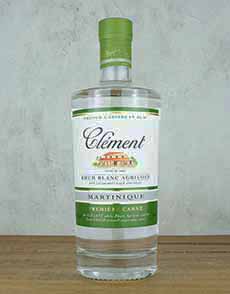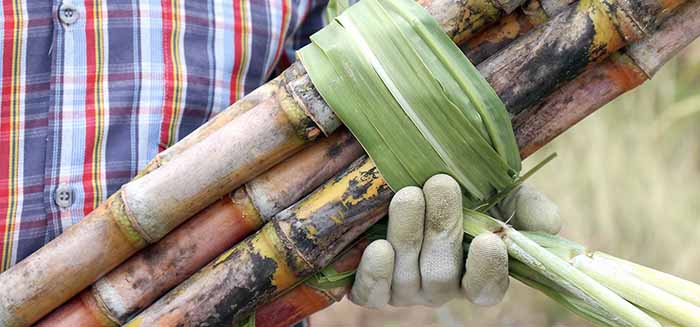Rhum Clement Rhum Agricole For Yourself Or Gifting
|
One of our favorite experiences this year was an introduction to Rhum Clément, a premium distiller on the beautiful island of Martinique in the West Indies. Rhum Clément was established in 1887 when Homère Clément purchased a distillery in Le François, Martinique. There was a sugar crisis* in the Caribbean at the time, and the economy was in trouble. Homère Clément was a prominent member of the Martinique community and the mayor of Le François. He is believed to have been the first Black person to receive his doctorate in medicine in France, following which he returned to Martinique to work in both medicine and politics. His innovative thinking resulted in a unique type of rum—rhum agricole**—which helped to stabilize the island’s economy. Today, Martinique’s rhum agricole is considered among the finest in the world [source]. Rhum agricole is not made from molasses, the byproduct of sugar refining, which is the basis of many rums. Rather, it is distilled from fresh-pressed sugarcane juice (see photo #6 below). The style is common in the French islands of the Caribbean (Guadeloupe, Haiti, Martinique). The historically British and Spanish islands (Barbados, Cuba, Nicaragua, Panama, etc.) make molasses-based rums (rum can be made anywhere, and the majority of the world’s rum is made from molasses). As rum connoisseurs have learned to appreciate the style of rhum agricole, production has spread across the globe, to places as far apart as Australia, Hawaii, Mauritius, Réunion, and Thailand [source]. Compared with rums made from molasses, a typical rhum agricole yields more of the terroir† of the sugarcane juice. Rum lovers enjoy rhum agricole for its flavors and aromatics, often described as earthy, vegetal, grassy, and herbaceous. They also can have banana, mango, papaya and pineapple notes. Brazil’s national spirit, cachaça, is also distilled from sugarcane juice. Americans may be more familiar with it as the basis for the popular cocktail, the Caipirinha. Rhum agricole and cachaça taste similar in their unaged, “white” or “silver” versions. The difference comes in the aged spirits. Producers of sugarcane juice rums made entirely in Martinique and meeting certain production standards are entitled under French law‡ to the Appellation d’Origine Contrôlée or A.O.C., which translates to “protected designation of origin.” It tells buyers that the product conforms to the rigid standards set for it. At Rhum Clément, all of the rums, both white and aged, are rhum agricole. Rhum Clement Agricole Blanc, the entry-level expression we enjoyed, has a 40% A.B.V., which equates to 80 proof. It’s a blend of several varieties of sugar cane and delivers floral and citric notes. At less than $30, it’s affordable for the home and for gifting (photo #1). Rhum Clément also makes another white rum, slightly mellower in flavor and higher in alcohol: Canne Bleue Agricole Rhum, A.B.V. 50%/100 proof. It is made from a single type of sugar cane called canne bleue (blue cane—photo #2). The canne bleue cane delivers an intensely aromatic juice that’s reflected in the flavor of the rum. Canne Bleue rum rests for more than six months in a stainless steel vat, and is slowly reduced over time with distilled volcanic spring water before bottling. It has a more mellow flavor, an A.B.V. of 50%/100 proof. The line includes the two white rums, six aged rums, orange shrub, and coconut liqueur. We were also privileged to taste the aged spirits, at a tasting conducted by the brand. We’re now big fans. |
|
|
|
________________ *When France began to make sugar from sugar beets around 1811, sugar prices dropped and the debt-ridden sugar factories in the French Caribbean could not survive solely on sugar production. That meant that much fresh cane juice was now available for fermenting and distilling into rum. **Agricole is French for agricultural. †Terroir, pronounced tur-WAH, is a French agricultural term referring to the unique set of environmental factors in a specific habitat that affects a crop’s qualities. These include climate, elevation, proximity to a body of water, slant of the land, soil type, and amount of sun. These environmental characteristics give the rum, wine, cacao, or other product its character. ‡In 1946, the French National Assembly voted unanimously to transform Martinique from a colony of France into a départment, known in French as a Département d’outre-mer or DOM. |
||








